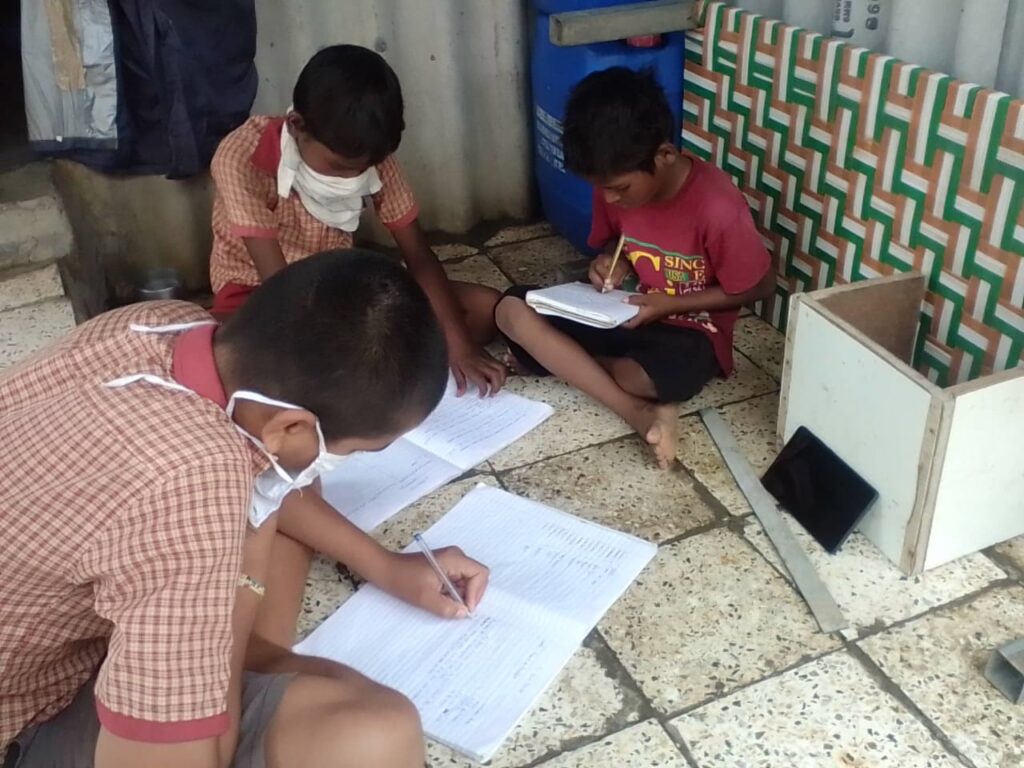 Problem Statement
Problem Statement
As a result of COVID-19 India was put into lockdown where all isolation and remote means of communication were mandated for all citizens. Amongst them, the student body of rural India confronted severe complications in respect to their education. Most students had little or no access to technology which further disbaled the chances for an online homeschooling system thereby creating a gap in their learning. Since most of the students come from low income families the chances of them dropping out of school and taking up menial jobs to support their families is higher. Furthermore, there was a potential concern that the students who dropped out would not enroll in the school system again.
Solution
ThinkSharp Foundation’s solution to the following problem was to provide homeschooling programs – Ghar Ghar Pathshala for the students. The biggest barrier to run the Homeschooling Program was access to smartphones/ tablets or laptops in the households.
Do Rural Children Have Smartphones at Home?
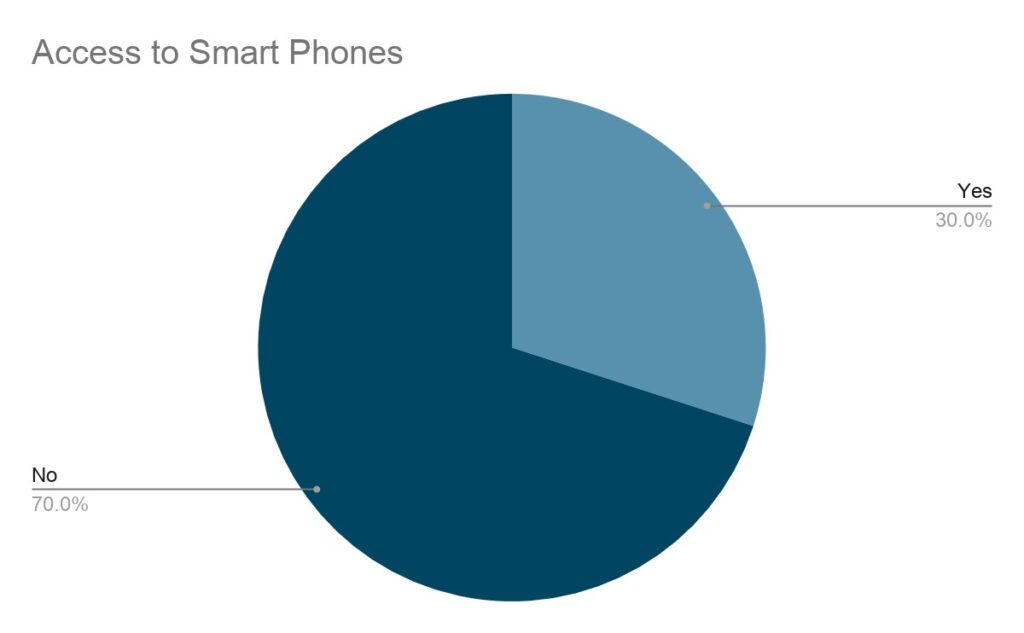
Less than 30% of students had access to well-functioning devices. Moreover, the students didn’t own individual devices, making them more dependent upon their parents’ devices. This made it difficult for teachers to reach out to students for teaching
Methods used by Teachers to Teach Students before Homeschooling Program
“We used to teach primarily through Whatsapp, send study material on whatsapp and instructional videos”
The primary method of teaching before the Homeschooling program was to send study material/assignments to students through Whatsapp. The remaining students who didn’t have access to any device took instructions and the assignments from their classmates. The teachers shared links to different videos for further conceptual clarity.
Difficulties Confronted by Teachers
“Connecting the entire student body together on one standard platform was the biggest challenge we faced”.
Data Recharge – The students were unable to join the classes at times as they faced issues in recharging their devices to buy data.
Uniform Platform – The teachers found it difficult to teach students through a standard platform where they could teach multiple students at a time.
Level of Digital Literacy Among Students Before Homeschooling Program
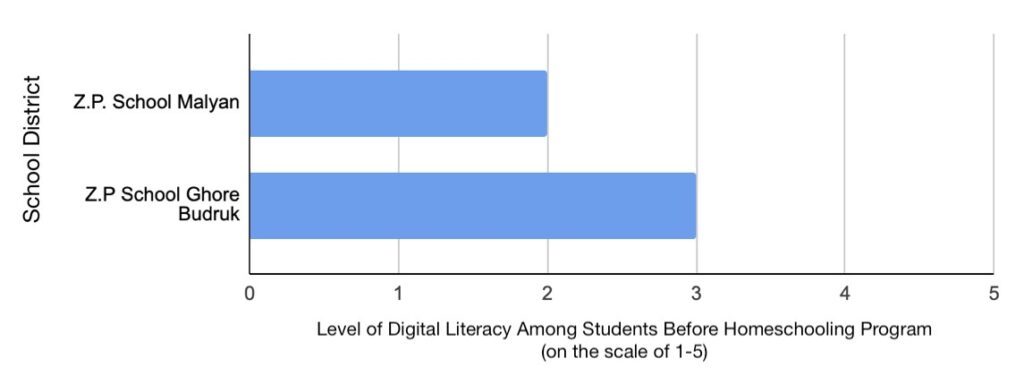
Homeschooling Program: Ghar Ghar Pathshala
Crowdfunding Campaign
Thinksharp Foundation joined hands with TribesforGOOD, a social enterprise to start a crowdfunding campaign to raise funds for buying devices. With over 6 lakhs funded by 175 supporters, ThinkSharp Foundation was able to distribute 70 tablets. For efficient and effective use of the devices, the tablets were distributed to groups of students instead of individual students. The homeschooling sessions are now conducted by the teachers via the use of technology.
The Survey
A primary survey through phone calls and google meet calls were done with the teachers of the Z.P School Ghore Budruk, Dist.Pune and Z.P.School Malyan, Dahanu, Dist.Palghar where HomeSchooling Program has been implemented.
| Details | Number |
| Schools | 2 |
| Total no of Students | 97 |
| Total no of Teachers | 3 |
The Impact
After Implementation of Home School Program
Access to Tablets
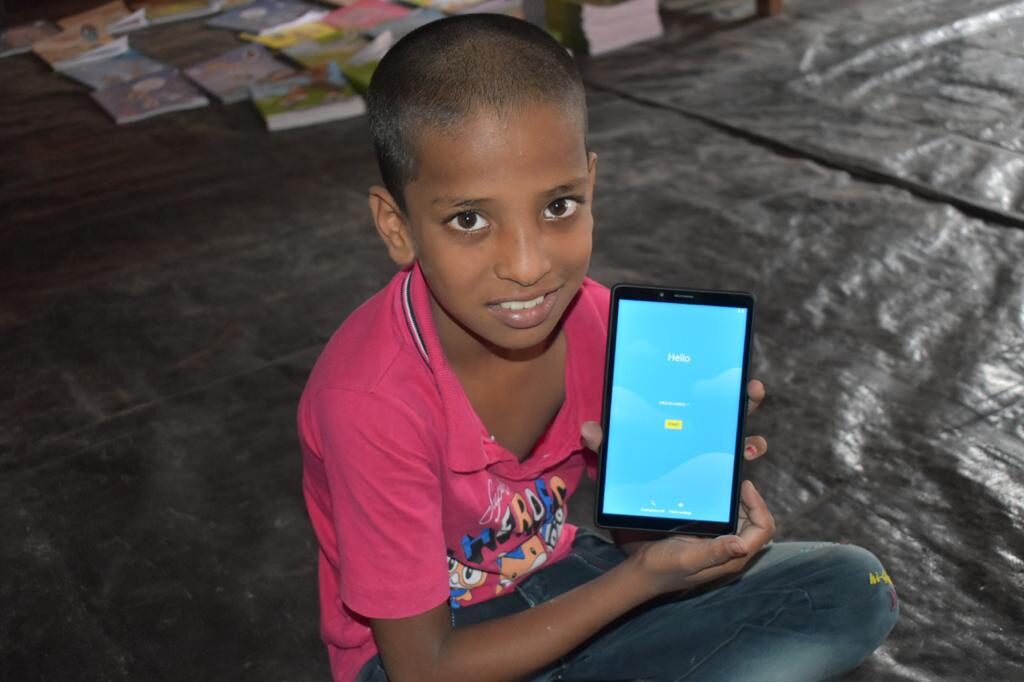
The campaign helped bridge the digital divide by providing 97 students with access to the tablets, resulting in the continuation of classes without any hurdles.
All students have access to tablets, however, some students are grouped in teams of 2-3 students where they meet each other (physically) to share a common device. The handler of the device is allocated by the teacher as the most responsible one.
Usage and Security: Esper MDM (Mobile device management system) to control the device remotely, track the use and restrict the use of tablets apart from learning activities.
Level of Digital Literacy Among Students After Homeschooling Program
The Homeschooling Program has also benefited the students and the teachers in improving their digital skills.
- The teachers have observed a 30% leap in the digital skills of students, making them more adept with the devices.
- Most of the students were now able to attend the classes hassle-free with the overall attendance ranging from 90-95%
Learning Methodologies Adopted by Teachers/Content Adaptation
- Verbal teaching and annotation of book images.
- Usage of functions such as share screen which used to show books, videos (youtube, diksha platform) and more to facilitate learning.
- Whiteboard, Epic pen used to annotate on screen.
- Google platform is used for translation and pronunciation.
- com – noise level is controlled, students can be divided in different groups. Digital Sakshar by Pratham Foundation for videos and teaching material is used.
Teachers have turned to different platforms and applications for a better understanding of topics; frequent use of interactive videos, annotation software has assisted the teachers.
Workshops
- Access to online learning has enabled us to bring experts, mentors and volunteers from who run sessions with the students on Nutrition and Communications to generate an interest in technology careers.
- We are also able to run workshops with parents on topics that are crucial for their kids’ wellbeing.
- The students also got access to Math, Science and English classes conducted by Barclays India employees conducted sessions and donated a few tablets.
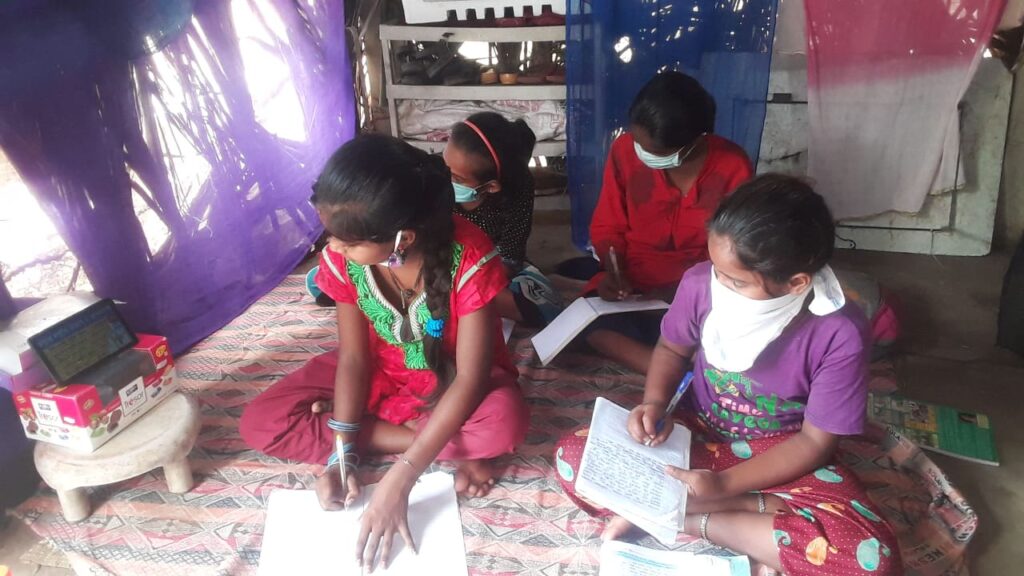
Impact: Stories of Students
Shveta Dubra was able to benefit the most through the Homeschooling program as she neither had access to any device nor sufficient electrical facilities to support her studies. However, a bright student who was keen to learn and explore, Shveta was able to accelerate her learning with the help of the tablet and the guidance of her teacher, Mr. Anand. Learning using technology made her more adept with digital skills, and she could also help her family with any sort of technological assistance. ____________________________________________
This is the story of Rutu, a 11 year-old, who benefitted extensively from the Homeschooling Program. She lives approximately 5 minutes away from the school. Initially, Rutu didn’t have access to any devices, therefore, she missed out on school quite a bit. Despite which, after the inauguration of the Homeschooling Program, she quickly learned how to use the tablet with the help of her senior friends. She used this program to her utmost advantage by finding new virtual solutions and taking the initiative to research or use online tools when demanded. According to the teacher, her participation also increased as a result of better access to virtual resources. This shows how bright she is!
———————————————————–
Appendix
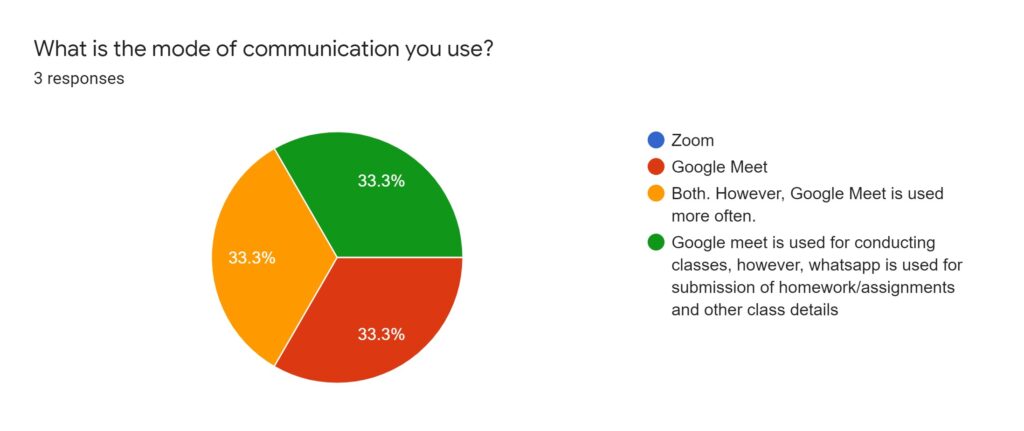
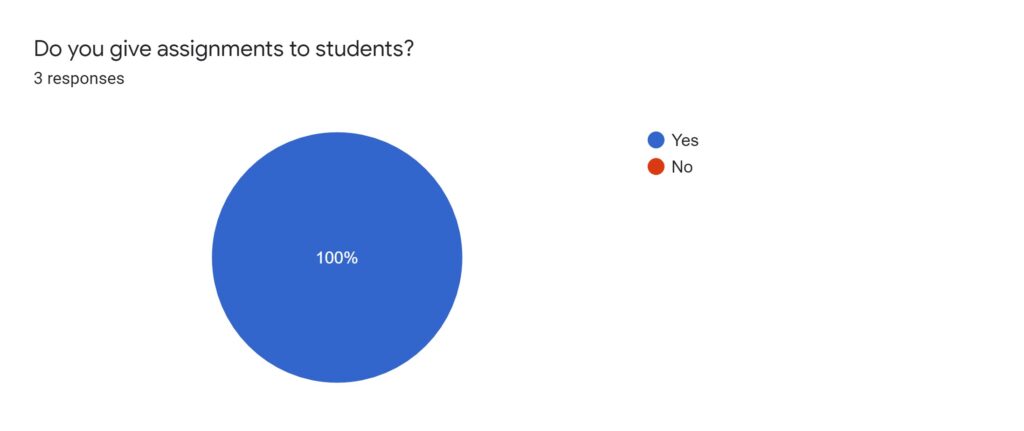
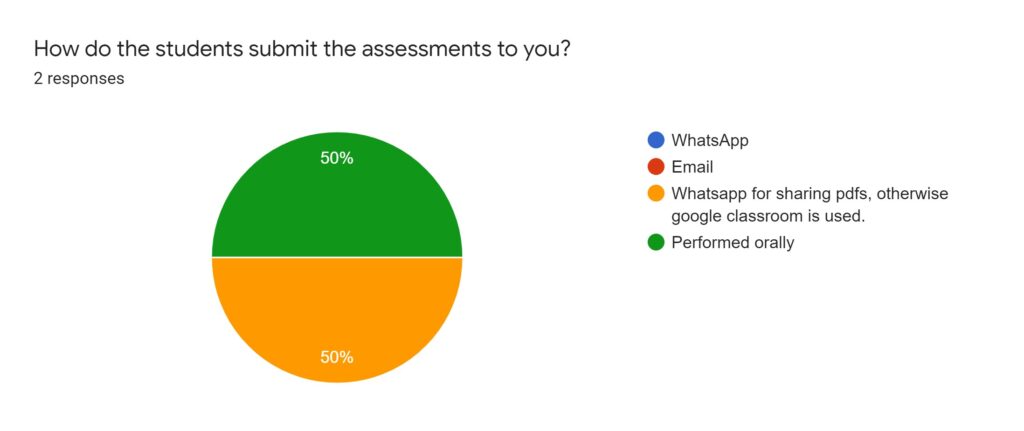
Researchers: Anushka Gupta, Mehek Mundhra and Zoran Singh
(285)
